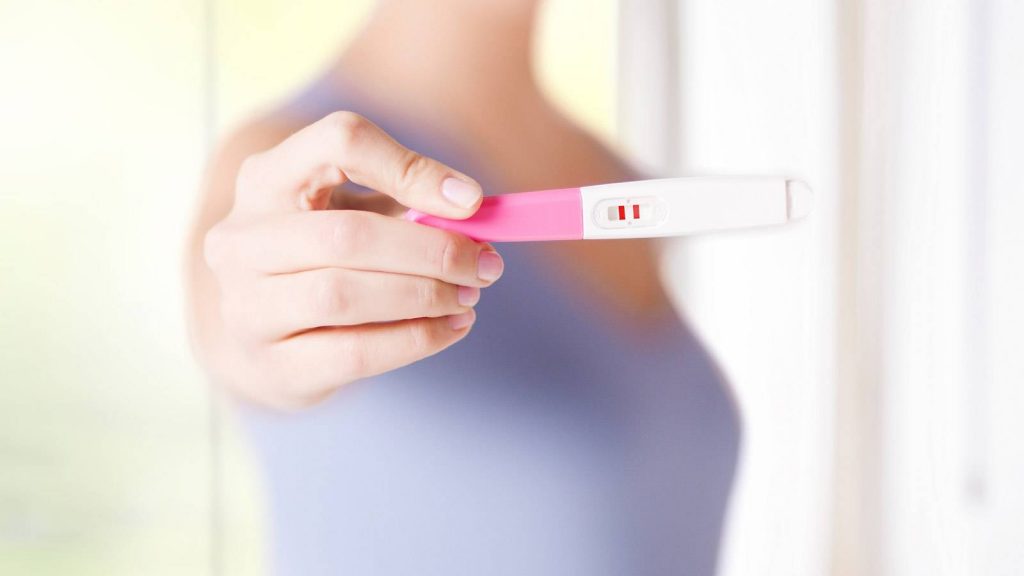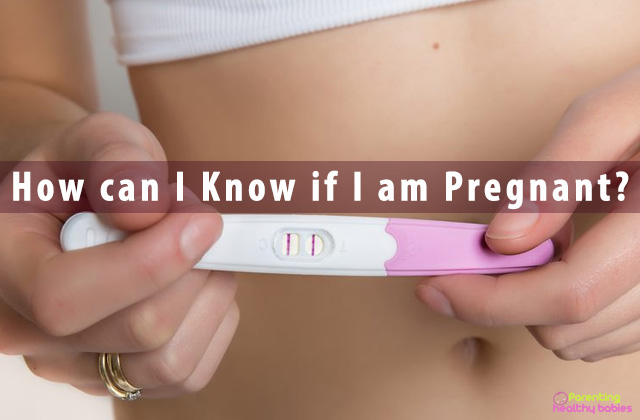Implantation dip is a term used to describe a temporary drop in basal body temperature (BBT) that occurs around the time of implantation of a fertilized egg in the uterus. This phenomenon is often observed by women who are trying to conceive and are tracking their BBT as a way to detect ovulation and increase their chances of getting pregnant. In this blog post, we will discuss what implantation dip is, how it is detected, and what it means for fertility.
What is Implantation Dip?
Implantation dip is a term used to describe a temporary drop in basal body temperature (BBT) that occurs around the time of implantation of a fertilized egg in the uterus. BBT is the lowest body temperature that a person reaches during a 24-hour period, usually when they are at rest. It is measured first thing in the morning before getting out of bed, and is used to track ovulation and fertility.
Symptoms of Implantation Dip
The symptoms of implantation dip can vary from woman to woman, and not all women will experience noticeable symptoms. However, some common symptoms that may be associated with implantation dip include:
Cramping:
Some women may experience mild cramping or twinges in the lower abdomen around the time of implantation.
Read More: 11 Signs of Implantation Cramping
Light spotting:
Known as implantation bleeding, some women may notice very light spotting or pinkish discharge. This can occur when the fertilized egg implants itself into the uterine lining.
Breast tenderness:
Hormonal changes during implantation can cause breast tenderness or sensitivity.
Fatigue:
Feeling more tired than usual is a common symptom of early pregnancy, including during implantation.
Changes in discharge:
Some women may notice changes in their vaginal discharge, such as an increase in quantity or a change in consistency.
It’s important to note that these symptoms can also be attributed to other factors, such as premenstrual symptoms or hormonal fluctuations. Therefore, experiencing these symptoms alone is not a definitive indication of pregnancy. Additionally, not all women will experience these symptoms even if they have an implantation dip. It’s also worth mentioning that implantation dip is not universally recognized by medical professionals as a reliable indicator of pregnancy. While some women may notice a temporary drop in basal body temperature around the time of implantation, it is not a definitive sign and can be influenced by various factors. If you suspect you may be pregnant or have concerns about your fertility, it’s best to consult with a healthcare professional for a proper evaluation and guidance.
Read More: Chemical Pregnancy Vs Implantation Bleeding
Causes of Implantation Dip
The exact cause of implantation dip is not fully understood, but it is believed to be related to hormonal fluctuations, specifically progesterone and estrogen. Here are some factors that may contribute to the occurrence of implantation dip:
Progesterone levels:
The corpus luteum, which is formed after ovulation, produces progesterone. Progesterone is known to increase body temperature. As the corpus luteum reaches its peak in progesterone production, it can cause a rise in basal body temperature. However, just before implantation occurs, there may be a temporary decrease in progesterone levels, leading to a dip in temperature.
Read More: 13 Ways to Increase Progesterone Levels to Get Pregnant
Estrogen levels:
Estrogen is another hormone that plays a role in the menstrual cycle. It is known to have an inverse relationship with body temperature, meaning that higher estrogen levels can lead to lower body temperature. Some women may experience a surge in estrogen just before implantation, which could contribute to the dip in temperature.
Implantation process:
Implantation is the process where the fertilized egg attaches itself to the uterine lining. This process involves changes in hormone levels and can potentially cause a temporary drop in basal body temperature.
It’s important to note that the exact mechanisms behind implantation dip are not well-studied, and there is limited scientific evidence to support its existence. The occurrence of implantation dip varies among women, and not all women will experience it. Additionally, other factors such as illness, stress, or irregular sleep patterns can also affect basal body temperature.
Implantation dip is believed to be caused by hormonal fluctuations, specifically changes in progesterone and estrogen levels. However, more research is needed to fully understand the mechanisms behind this phenomenon. It’s important to remember that implantation dip is not a definitive sign of pregnancy and should not be relied upon as the sole indicator. If you suspect you may be pregnant or have concerns about your fertility, it’s best to consult with a healthcare professional.
Read More: 11 Implantation Bleeding Symptoms You Need to Know: Ultimate Guide
How is Implantation Dip Detected?
Implantation dip is detected by tracking BBT over the course of a menstrual cycle. BBT is typically lower in the first half of the menstrual cycle, and then rises after ovulation due to the increase in progesterone. If a woman becomes pregnant, her BBT will remain elevated due to the continued production of progesterone by the corpus luteum. However, some women may experience a temporary drop in BBT around the time of implantation, which is known as implantation dip.
What Does Implantation Dip Mean for Fertility?
Implantation dip is not a reliable indicator of pregnancy, as not all women experience it and it can be caused by other factors such as illness or stress. However, some women may find it helpful as an additional sign of fertility when trying to conceive. If a woman experiences implantation dip and her BBT remains elevated, it may be a sign that she has become pregnant.
How Can You Track Implantation Dip Using Basal Body Temperature Charting?
To track implantation dip using basal body temperature (BBT) charting, follow these steps:
Start charting:
Begin tracking your BBT by taking your temperature at the same time every morning before getting out of bed. Use a basal body thermometer, which is more sensitive and accurate for tracking small temperature changes.
Record your temperature:
Record your temperature on a BBT chart or use a fertility tracking app. Make sure to note any other relevant information, such as changes in cervical mucus or other fertility signs.
Track your cycle:
Monitor your menstrual cycle and identify when you ovulate. This can be done by tracking changes in cervical mucus, using ovulation prediction kits, or other methods. Ovulation typically occurs around the middle of your cycle.
Look for a temperature shift:
After ovulation, you should see a rise in your BBT due to the increase in progesterone. This rise in temperature is known as the “temperature shift” and indicates that ovulation has occurred.
Watch for a dip:
About a week after ovulation, you may notice a temporary drop in your BBT. This is the implantation dip. It is typically a decrease in temperature by at least 0.3 degrees Fahrenheit (0.2 degrees Celsius) and lasts for one day.
Note other signs:
Pay attention to other signs and symptoms that may indicate implantation, such as light spotting or cramping. These can provide additional clues along with the BBT dip.
Continue tracking:
Keep charting your BBT throughout your cycle to monitor any changes and patterns. This will help you understand your fertility and identify any potential issues.
It’s important to note that not all women will experience an implantation dip, and it is not a definitive sign of pregnancy. Other factors, such as illness or stress, can also cause temperature fluctuations. If you suspect you may be pregnant or have concerns about your fertility, it’s best to consult with a healthcare professional.Remember, BBT charting is just one method of tracking fertility, and it’s often used in conjunction with other methods for a more comprehensive understanding of your cycle.
Conclusion
Implantation dip is a temporary drop in basal body temperature that occurs around the time of implantation of a fertilized egg in the uterus. It is detected by tracking BBT over the course of a menstrual cycle, and may be a helpful additional sign of fertility for women who are trying to conceive. However, it is not a reliable indicator of pregnancy and can be caused by other factors such as illness or stress. If you are trying to conceive and are concerned about your fertility, it is important to speak with your healthcare provider.













